Don’t Skip The Introduction!
There’s something about independent bookstores. They’ve got this magic that’s hard to describe. In The Bookshop, Evan Friss digs into the history of these special spots—where books come to life and time seems to stand still. It’s part history lesson, part tribute to the people who’ve poured their hearts into making these spaces feel like home. The intro? Don’t miss it. It’s the perfect way to kick off a journey into the heart of bookselling that’s way more fun than your average history book.
Hype Report
I’ve seen this book on the lists and making the reader’s choice lists. Goodreads raters are giving this 3.94 stars. Having very little experience in the genre, I am going to go with Appropriately-hyped.
This post contains affiliate links. If you click on them and make a purchase, I may earn a small commission at no extra cost to you. As an Amazon Associate I earn from qualifying purchases.
Aesthetic
The Dustjacket
The imagery used evokes feelings of nostalgia for a local independent bookshop. However, the circles on the right side of the cover leave me confused. Is this emulating a bokeh effect or is it supposed to be something hanging inside the store? It’s distracting.
The font choices and styling mimic shop window lettering. I love the color variation that nods to changing light. I think the arched testimonial at the top diminishes the effect and would work better if moved below the author’s name.
Delightful use of the subtitle between the author’s name and book title on the spine. This treatment will look lovely shelved.
Another nod to the nostalgic nature of the cover is the aged paper with a page-turn effect on the bottom of the back cover. In another application, it might look dated, but here it is quite appropriate.
The typesetting on the inner front flap takes what is a very long description and makes sure that the essence is captured in bold at the start.
Interior
Let’s take a moment to appreciate the unsung hero that is the book interior designer. There are so many different types of types that need to be used in a book like this: chapters, breaks in thought, numbering, acknowledgments, end notes, and more! I appreciate how much the design of a book’s interior eases a reader’s understanding and enjoyment.
This book is beautifully typeset, and oh man, am I a sucker for a drop-cap! The clever use of drop-caps to signal a departure from one line of thought to another, even within a chapter, made it easier to follow along with the narrative when it might have gotten messy.
The chapters are delineated with a printed “bookmark,” which while technically unnecessary, adds an element of joy to the reading experience.
Images and illustrations are accompanied by appropriate captions and spaced nicely.
Giving the 1-2 page profiles between chapters a different heading treatment made the reading experience seamless.
Did the design affect whether I bought the book?
No. In this case, I was gifted the book by a fellow book-lover. Despite my mild criticisms of the cover design, I do find this book attractive. I had added it to my Want to Read list based on its ranking in the Goodreads Readers Choice selections anyway.
Summary
In Short
A narrative approach weaving together character sketches of people and places throughout the evolution of bookselling in America that highlights the importance of passionate individuals, community building, and books in shaping culture.
From the Publisher
An affectionate and engaging history of the American bookstore and its central place in American cultural life, from department stores to indies, from highbrow dealers trading in first editions to sidewalk vendors, and from chains to special-interest community destinations
Bookstores have always been unlike any other kind of store, shaping readers and writers, and influencing our tastes, thoughts, and politics. They nurture local communities while creating new ones of their own. Bookshops are powerful spaces, but they are also endangered ones. In The Bookshop, we see the stakes: what has been, and what might be lost.
Evan Friss’s history of the bookshop draws on oral histories, archival collections, municipal records, diaries, letters, and interviews with leading booksellers to offer a fascinating look at this institution beloved by so many. The story begins with Benjamin Franklin’s first bookstore in Philadelphia and takes us to a range of booksellers including the Strand, Chicago’s Marshall Field & Company, the Gotham Book Mart, specialty stores like Oscar Wilde and Drum and Spear, sidewalk sellers of used books, Barnes & Noble, Amazon Books, and Parnassus.
The Bookshop is also a history of the leading figures in American bookselling, often impassioned eccentrics, and a history of how books have been marketed and sold over more than two centuries—including, for example, a 3,000-pound elephant who signed books at Marshall Field’s in 1944.
The Bookshop is a love letter to bookstores, a charming chronicle for anyone who cherishes these sanctuaries of literature, and essential reading to understand how these vital institutions have shaped American life—and why we still need them.
Character Analysis
The Bookshop covers a wide range of (real-life) characters, some accounted in enough detail that you can picture them clearly, others just a name on the page. This is a natural consequence of mining history for descriptions of real people balanced with their importance to the narrative that Friss is weaving throughout.
Storylines of individual characters were treated with respect while offering a clear picture of the trouble in which they sometimes found themselves.
Writing Style
Friss’s writing style vacillates from nostalgic and somewhat romantic storytelling to lists of facts, people, and dates. The former is such a delight for readers, but whenever he stumbled into the latter, I got confused as to why these things were important or connected to the rest of the story. The juxtaposition of these two styles was jarring and made it harder to follow the through-line of the story in places. That might seem off-putting, but I should clarify that it didn’t happen often. There were 2-3 instances in which I was like, “who-za, what now?”
Generally, the whole book is more like a collection of anecdotes joined together by statements of fact. Drawing from such a wide array of source material, I think that Friss did a phenomenal job of making it feel cohesive and deliberate.
We are all curators….The Bookstore – its design and function- has never been a fixed entity. Bookstores reflect the cultural, intellectual, economic, and political world around them, they are also actors, institutions that cast their shadows.
Themes
The overarching theme is that bookshops in America have been and likely will continue to be driven by passionate booksellers who see that there is more to bookselling than profit.
Each of the individuals highlighted is characterized by how their relationship with books and bookselling met with their true passion. Sometimes that was books and other times it was community, activism, or lofty goals of achievement.
Friss also explores the evolution of what is considered a bookshop and who booksellers are. As well as how bookselling is influenced by and in turn influences society at large.
Critical Evaluation
Don’t be fooled by the subtitle “A History of the American Bookstore.” This book is a love letter to booksellers and their places. There were sections in which it was clear that the author wanted to include more, but held back, causing some choppy bits. Overall, this was not a difficult read for someone who is not by nature a “history” reader.
There are copious endnotes for those looking to gain an even deeper understanding of the topic.
Personal Opinion
I liked this book. The themes were accessible, and the writing style was easy to get in sync with. I will proudly display it on my bookshelf, but I am unlikely to re-read it in its entirety. However, I could see myself referencing it at times.
I do not read a great deal of history, though I do read historical fiction. That said, as a side-quest this didn’t feel too far outside the scope of my normal choices.
Loads of fodder for fans of “Fun Facts.”
The following caught my attention:
- Andre Breton and Marcel Duchamp designed a window display called “Lazy Hardware” to promote Breton’s book Arcane 17 at The Gotham Book Mart in 1945.
Arcane 17 by Andre Breton
- In 1976 Bookseller Burt Britton published a book of 739 self-portrait drawings done by authors and book people that he had collected over the years working at The Strand. The book is called Self-Portrait: Book People Picture Themselves.
Self Portrait: Book People Picture Themselves. From the Collection of Burt Britton.
- Nancy Bass of The Strand marketed books for decor purposes “ ‘Books-by-the-foot’ buyers specified the number of feet of shelf space, the subject matter, the binding type, and the color scheme.” Buyers included some well-known celebrities and film and TV productions.
Recommendation
I would recommend it to anyone who has an interest in the history of American bookselling or as a gift for the book fanatic in your life. This is not something that I would recommend for hardcore fiction readers, as there is not enough action or plot continuity to likely keep your interest. If you regularly read history, this is for you.
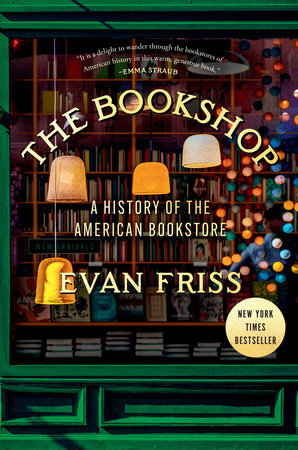
Notes
Read Time – This book took me longer than my average read time. That is likely because of the dense nature of historical books. There is a lot to absorb and think about rather than trucking along with an engaging plot. As I noticed that I was lagging, I set aside my lunch hour each weekday to read a chapter. Having some structure was helpful for a mood reader who generally goes for fiction titles.
Shout out your favorite bookstore! If it is an independent, tell us the city and state.
May your life be as full as your bookshelf and as long as your TBR list.
Happy Reading!


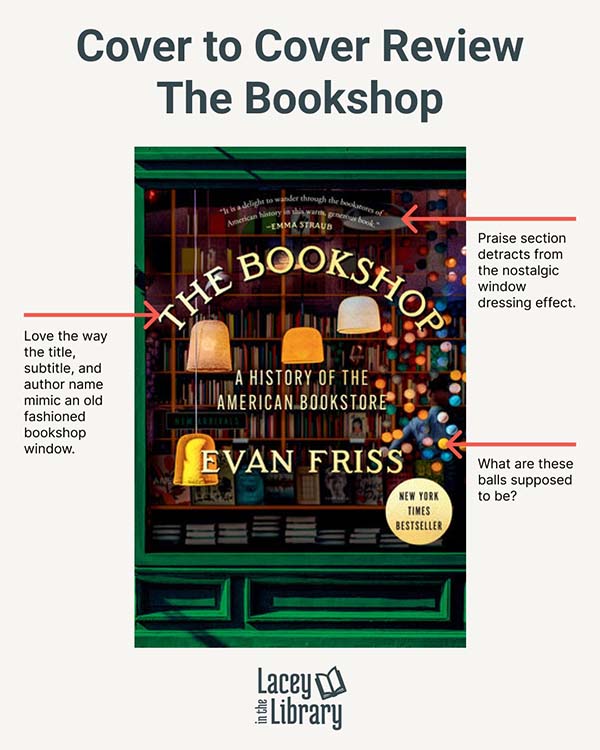
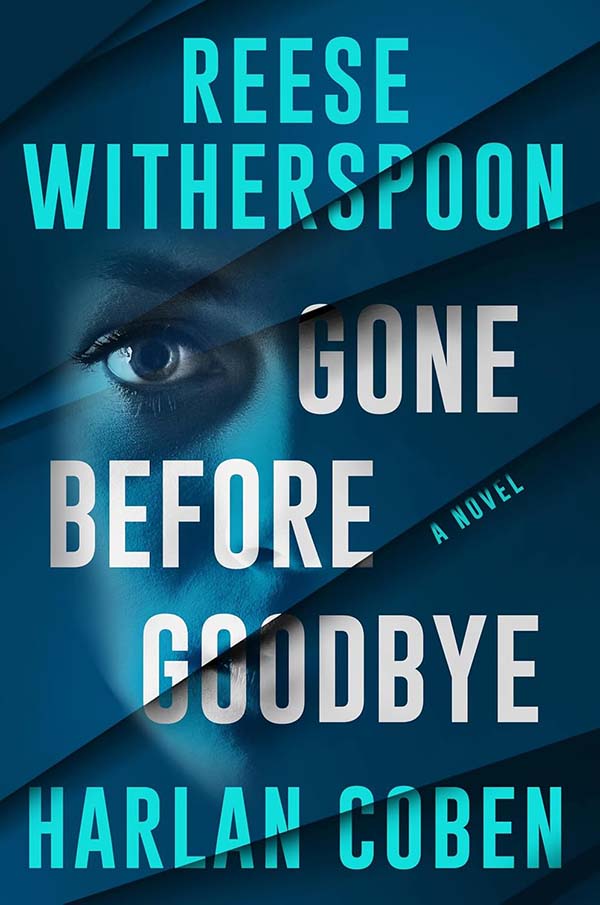
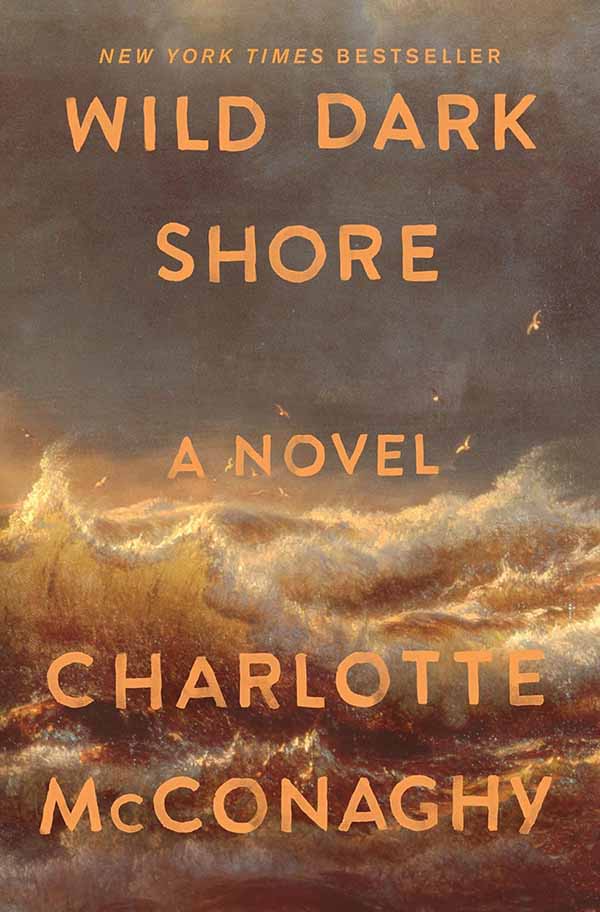
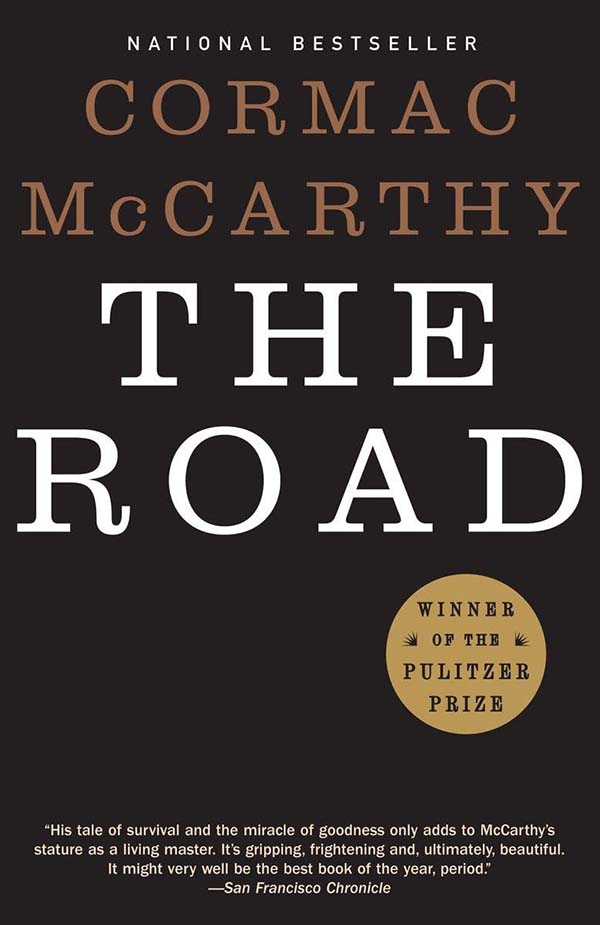
0 Comments